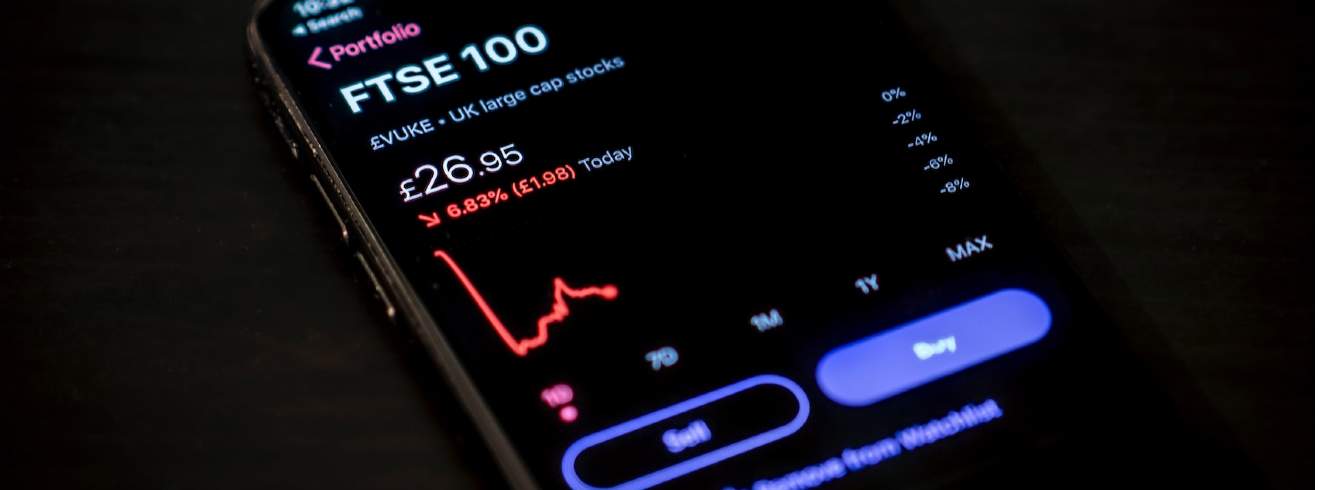Economists and market analysts all have a toolbox of tips, themes and indices they reach for every time a recession hits and in 2020 it’s no different.
What’s unique this time though is the fact that we know a recession is coming, rather than finding ourselves in the midst of it. Whether this makes predicting the future any easier remains to be seen, but it certainly gives more time to speculate on the shape of recovery.
Generally downturns start in a hopeful frame of mind with forecasts around the idea of a V-shaped recovery. I’ve never been a strong believer in this view, particularly on this occasion when the scale of government and central bank intervention around the Covid-19 crisis was unveiled.
Not only is money that might have been spent on other projects being (rightly) diverted to supporting people and businesses, but there’s also the question of how higher levels of borrowing will be paid back in the medium term.
The scale of support will probably delay the collapse of some companies, possibly into 2021. Whether this is significant enough to trigger a double-dip in the UK economy is debatable, but it’s certainly enough to support the view that the upswing will be shallower than the downswing.
The other major moving part in the UK’s recovery is Brexit. Downing Street has consistently stated that it won’t seek an extension to the transition period that ends this year. However, it’s hard to believe that this tone won’t change, and our core view is that the transition period will extended to December 31 2021. If it isn’t, then a W-shaped recovery for the UK becomes significantly more likely.
While property markets generally behave in similar ways during recessions (with tenant demand reducing, subletting rising, vacancy rates rising and ultimately rents falling), each recession has one or two dominant characteristics. While the Global Financial Crisis (GFC) was all about debt, I think we’ll look back on the importance of consumer behaviour as this crisis’s defining feature.
Looking at official data on China’s economic performance in April, what’s notable is that it shows business and governmental activity generally bounced back fairly strongly once lockdowns ended, but consumer retail sales didn’t.
Similar stories are emerging in the US, with restaurant reservations remaining low after some states began to reopen, as people clearly remained nervous about going out even if they could.
Consumer behaviour will shape the angle of the recovery and understanding how and where the economy will recover first, whether it be through a rise in precautionary saving or paying down debts, a surge in spending on treats or in driving structural change.
For example, in the office market there’s a lot of debate about whether how and where we work has changed forever. Time will tell who is right, but the answer will in part depend on whether workers are more worried about presenteeism and job security in a time of rising unemployment than social distancing.
Returning to the recessionary toolbox, I talked a lot about garden gate economics during the GFC, focusing on trends like precautionary saving rates, pizza consumption and tie sales. I suspect these and other soft metrics will tell us as much about the likely trajectory of the UK economy over 2020-21 as the hard economic data.
Further information
Read more: Market in Minutes: UK Commercial
